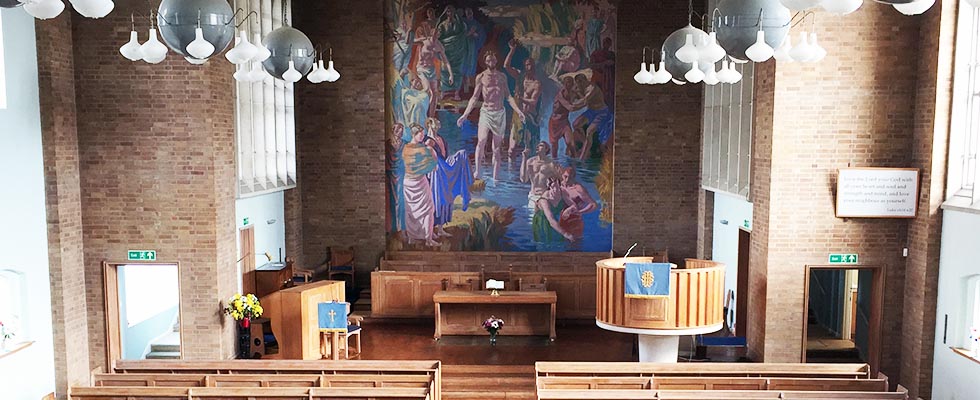Another County and another Headland.
The weather in Plymouth was lovely and the position of the Marina meant that we could easily access the city centre with all the delights of a big town on offer! Saturday evening saw us wandering around the famous Hoe in the sunshine before heading back to boat and supper followed by planning for Monday. We then realised that in order to get around the next major headland - Start Point - with a favourable tide a visit to Salcombe would not be possible, or if we did visit Salcombe it would have to be for about 5 days as the skipper doesn't like sailing coastal waters in the dark for fear of becoming entangled in one of the many lobster and crab pots that sit along the coast. In the daylight we do stand a chance of spotting them and it seems a little foolish to put ourselves at risk especially in an area of the coast famous for its shipwrecks! Getting in and out of Salcombe means crossing the Salcombe bar which for those unfamiliar with the entrance should only be done on a rising tide (so if you do touch the bottom there is a chance that the rising tide will lift you off!). The bar can be very dangerous and the town of Salcombe still remembers the 15 lifeboat men that died when the lifeboat capsized on the bar in 1916.
So with Salcombe ruled out a new plan was made! This largely involved doing the washing and being a tourist in Plymouth. So with the next few days planned we set off on Sunday morning to Catherine Street Baptist Church in Plymouth for the morning service. This is an interesting church with a very interesting history. It started life in 1620 and "entertained" the Pilgrim Fathers before their departure from Plymouth as a small congregation worshipping in peoples homes. Soon after that they established a church building in the "Pig Market" this was then replaced by a building in another area of Plymouth and when that became too small for the church a new church was built in the 1800's in George Street Plymouth. This building along with many others in Plymouth was destroyed by the blitz in the 2nd World War - so after the war an new large church with seating for 500 was built on its present site. So we expected to find a big busy church, but sadly we found a huge building with a congregation of less than 20 mainly elderly folk desperately trying to maintain what is now a Grade 2 listed building! The congregation were as welcoming as ever and shared lots of stories with us about the church and its history and also explained the origins of a massive mural that sits above the alter.
 |
| Catherine Street Baptist Plymouth |
Monday saw us undertaking all of the domestic chores needed to keep Teteli and us seaworthy and clean! Tuesday was our day out in Plymouth day. Plymouth is a fascinating city with a rich history, not just focussed on the Pilgrim Fathers! We were lucky enough to be in the city at a time to coincide with a guided tour of the Royal Citadel - the huge fort that sits on the corner of the Hoe which we passed on the way into the marina. We spent an interesting couple of hours with the English Heritage guide understanding the history of this fort which is still home to 29 Commando Regiment of the Royal Artillery.
 |
| Teteli acting as a washing line in Plymouth |
So we left the rugged Cornish coastline behind us as we headed ever eastwards towards Dartmouth and the heart of Devon with its much softer hills and shorelines. Eventually as planned we arrived in Dartmouth in glorious sunshine in the mid afternoon.
 |
| Dartmouth Castle |



Comments
Post a Comment